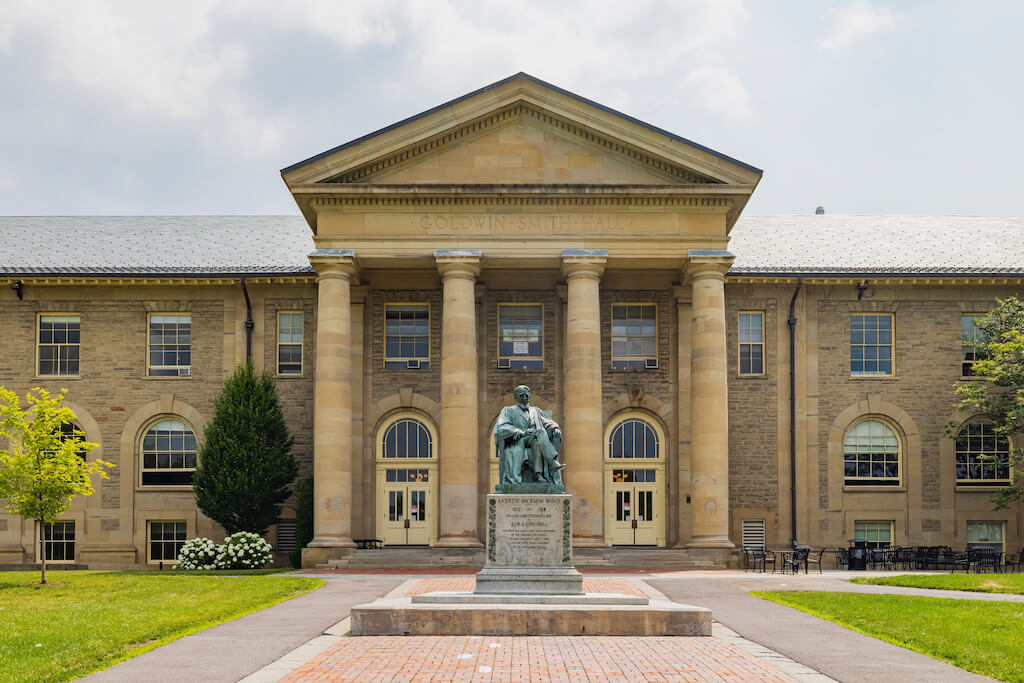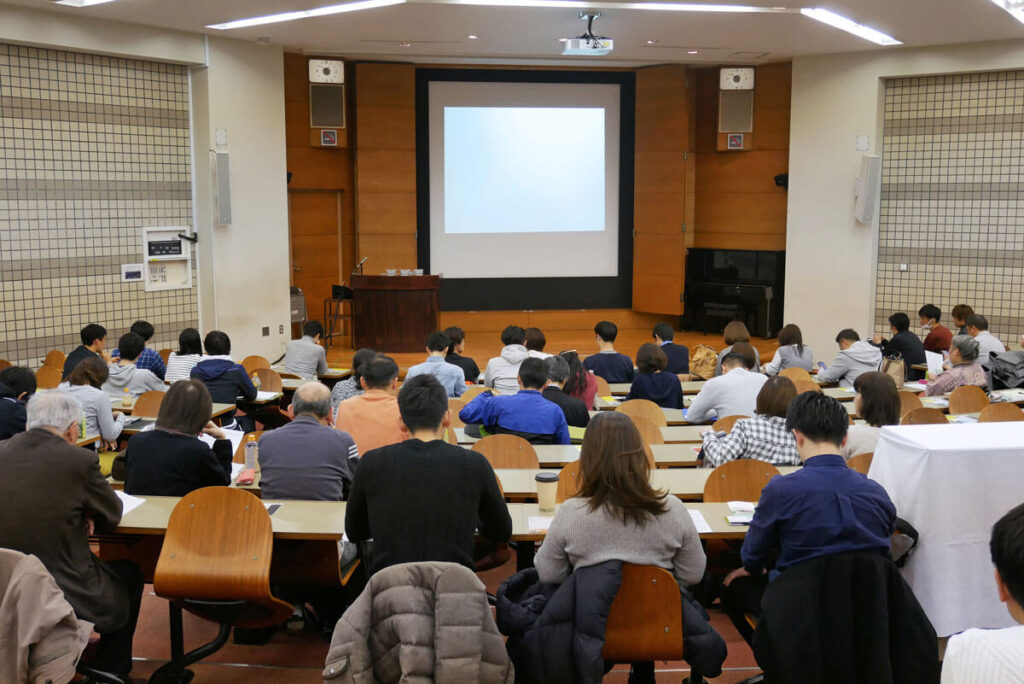For years I’ve read articles and listened to speakers who have touted the difference in lifetime earnings between college graduates and high school graduates. Usually, they mention that the average college graduate will earn approximately $1 million more than the average high school graduate over a lifetime of working 40-45 years.
I’ve been suspicious of the $1 million dollar gap for a while. The Global Auction, written and published in 2011 by British professors Phillip Brown, Hugh Lauder, and David Ashton, provided me with a different perspective as to how the gap should be analyzed. In their introduction, the authors wrote “we believe that everyone has a right to know that the opportunity bargain based on better education, better jobs, and better incomes can no longer deliver the American Dream.” Further on, they wrote “there is a recognition that low-cost countries are developing their own knowledge workers capable of achieving global standards that were previously assumed to be out of reach by anyone other than Western workers.” Later, they wrote “the gravitational pull of global competition for most American workers takes salaries in a downward direction.”
In a chapter of the book titled High Skills, Low Wages, the authors wrote “studies are usually based on comparing the average incomes of those who go to college and those who don’t…There is a problem using averages to represent the fates of those with a college education…If you were to line up all college graduates in an income parade with Bill Gates (the highest) at one end down to the lowest earners as the other, the median is the middle earner…the average earnings go up when a very high earner’s wages are included, but the median does not…using an income parade allows comparisons between higher earners (at the 90th percentile) and low earners (standing at the 10th percentile). This type of evidence offers a much better way of understanding exactly who has or has not been earning through learning…Only males and females in the higher earner category (90th percentile) enjoyed any significant growth in real income since 1973, as they accelerated away from the rest since 1989.”
The study that the latter statistic was based on was from a book written by Lawrence Mishel, Jared Bernstein, and Heidi Shierholz, The Status of Working America 2008/2009 (Ithaca, NY: Cornell University Press, 2009), p.174. The Global Auction authors also pointed out that the stagnant wages for learners in the lower-and-middle-income brackets explain why such a large percentage of borrowers in those wage brackets failed to repay their student loans as student loan balances and college costs have steadily increased.
Over the years that I led the American Public University System (APUS), I believed that our commitment to our mission of providing an affordable and quality education would provide a better return on investment (ROI) to our graduates. In fact, the 2019 Georgetown University Center on Education and the Workforce research paper ranking the ROI of 4,500 colleges and universities ranked APUS at 93rd, which placed it in the top two percent. Clearly, providing an affordable, quality, and relevant college education makes a difference.
I retired from APUS in August 2020. While exploring opportunities for my next mission-focused engagement, I remained active with college and education-related boards as well as with my reading and writing. The enrollment struggles of colleges that were first explained as Covid-related and later as related to full-employment never mentioned the pressures on wages for the lower income half of college graduates as outlined in a book more than a decade old.
The most recently published research paper that points out discrepancies in college graduates’ incomes that I like is The College Payoff: More Education Doesn’t Always Mean More Earnings. Written by Anthony B. Carnevale, Ban Cheah, and Emma Wenzinger of Georgetown University’s Center on Education and the Workforce, the paper provides a much more nuanced explanation of high school and college graduates’ earnings than any research paper that I have read recently.
The College Payoff’s introduction leads off with the oft-repeated statement that “workers with more education generally earn more.” A few paragraphs later, the researchers wrote “higher levels of education do not always correspond with higher earnings, however. Thirty-one percent of workers with no more than a high school diploma earn more than half of workers with an associate’s degree. Likewise, 28 percent of workers with an associate’s degree earn more than half of workers with a bachelor’s degree, and 36 percent of workers with a bachelor’s degree earn more than half of workers with a master’s degree.” Since the report is easily available at the link above, I’m going to cover the highlights and incorporate a few of its graphs and charts.’
The first major point of the paper is that earnings generally increase with more education. This is what most colleges, education writers, and politicians who support more education have touted for years. The following figure from the report provides the median earnings for each level of education.

The variation in earnings between education levels acknowledged in the report’s introduction is illustrated in Figure 2 below. Because the levels are stacked, you can see where the overlap in wages exists. I think it’s important to note the wage range increases most substantially between the median (50th percentile) and 75th percentile beginning with the bachelor’s degree level and above. Just think what those higher earning graduates are contributing to the mean wage for each level.

Georgetown’s CEW researchers wrote that variations at the same level of education are usually due to differences in field of study and occupation. It’s worthwhile noting that high school graduates at the 75th percentile earn more than bachelor’s degree graduates at the 25th percentile. Similar stats apply at all levels and according to the report, 16 percent of high school graduates earn more than 50 percent of bachelor’s degree graduates.
The importance of our workers to continue their education through lifelong learning is illustrated by the following figure which shows that professional degree holders have the highest median earnings and growth in median earnings after age 30.

Whether it’s through data published in the College Scorecard or from data made available through tools developed by The Wall Street Journal and others, most of us are aware that earnings vary substantially by undergraduate major. The figure below illustrates the highest median earnings for bachelor’s degree holders as well as the ranges for each. Perhaps colleges lamenting the decline in liberal arts majors should consider lowering the tuition for students who pursue that path.

According to the researchers, lifetime earnings vary even more by the occupation selected by workers after they complete their studies. There are five areas that lead to the highest median lifetime earnings across all levels in Figure 6 below.

Men continue to have higher median lifetime earnings than women at every level, but there are major overlaps as illustrated in Figure 8 below.

Unfortunately, earnings disparities by race continue to exist and are illustrated in Figure 9 below. Note the overlaps as well as the continuing increase by education level.

The report also provides earnings data by degree and the state that the worker lives in. It’s not a surprise that there is significant variance by state.
Buried in the report’s conclusion was the statement “the simple advice to high school students to go to college no longer suffices. The number of postsecondary programs, colleges and universities, and occupations has grown significantly in the past few decades, creating countless potential combinations of pathways through education and careers. Students would benefit from professional guidance that helps them make sense of the myriad academic and career options available to them and alerts them to the differences in lifetime earnings associated with their choices of academic major and occupation.”
While the Georgetown CEW paper only demonstrates the median wages at the 75th percentile and not the 90th as recommended by the authors of The Global Auction, the data illustrate similar outcomes. The most salient recommendation in The College Payoff is the recommendation that career counseling for students should expand and improve.
The differences between the mean and median wages for education levels as noted by the authors of The Global Auction are important for anyone who wants to discuss the better earnings outcomes for college graduates versus high school graduates. At one point, I thought I read that when the top 10 percent of wage earners with a bachelor’s degree are removed from the dataset, the difference in the mean wage between a bachelor’s degree and a high school degree is only $390,000 and not $1,000,000 (or $1.2 million if you look at the data in Figure 2 and subtract the median wage for high school graduates from the median wage for bachelor’s degree graduates).
I could not find the study that I thought provided me with that specific calculation. Assuming its accuracy, it’s not surprising why fewer students are choosing to attend colleges where they have to borrow large sums to graduate.
Lastly, neither the book nor the CEW paper anticipated the impact of AI applications on jobs. It’s clear to me that the best strategy to improve your future earnings is to seek out advisors, both informal and formal, and continue to improve your learning and your skills. We need to expand access to advising for the less advantaged to help them improve their earnings. Colleges need to work more with employers and with high schools to provide the best counseling and the most relevant educational pathways to their students and future students.











